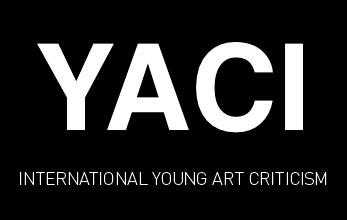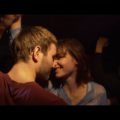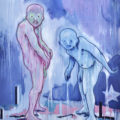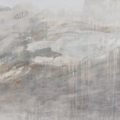Célia Gondol, De Rerum Natura
In my lunar vision
Life is a challenge
Death is a metaphor
Science is a detour
The sky a blue canvas
Covering an empty bottom
O Lunático, Sebastião Marinho
In the beginning was the Word.
Sebastião Marinho’s improvisation returns to the origin of the world and the main scientific principles. In his poem, the Brazilian singer evokes both the Big Bang and string theory, the butterfly effect and Shrödinger’s cat. On the street, he verifies quantum formulas and other thought exercises on the popular rhythms and melodies of repentance. The art of spontaneous verse is still shared in a very lively way in northeastern Brazil where Celia Gondol has set up various projects. By proposing to a specialist to mix the traditional codes of oral literature with the laws of physics, the artist establishes a new cosmogony. It is not a question of constructing theses, let alone verifying them, but above all of seizing reality by other means and creating a poetics.
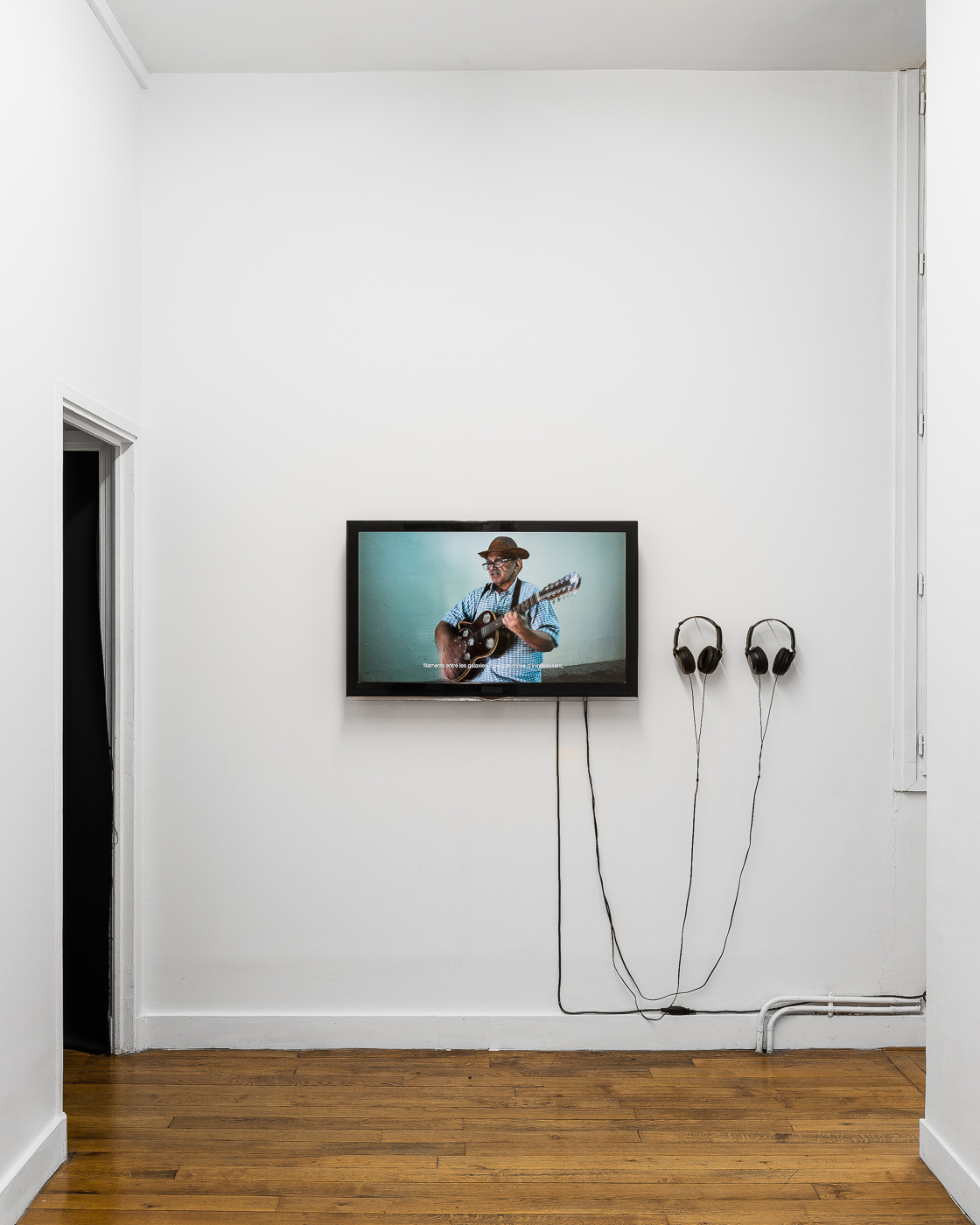
Universe is too precious a thing to be left to the care of scientists alone. Above the song O Lunático, which she offers to visitors in the form of folhetos, a reference this time to cordel literature, Celia Gondol superimposes another soundtrack, that of three voices that come and go, intertwining in enveloping polyphonies. By working on vocalizations like NASA signals, she still blurs the fields of technique and art. The sound becomes a sign and fills in the distances, informs us about a Beyond. With her performance O Universo nu, she invents a new ritual, where all you have to do is close your eyes to approach a state of trance. By paying attention to the slightest breath and gestures, the artist seeks to develop in the visitor a state of superior consciousness such as the prescience of nature’s movements in a slow waltz with banana leaves in Slow or as the movement of the stars once again with O Universo nu presented at the Monteverita Gallery in October-November 2018.
The score created for this first polyphony without speech was encoded in a binary language and engraved on a stainless steel disc in the same way as the Voyager probe. The resemblance is not fortuitous, even if Celia Gondol did not send her work into space, it induces the same relationship to communication. Even though we have no evidence of the existence of intelligent life in the universe, we still assumed an interlocutor capable of detecting in this message an affirmation of our presence. The stainless steel disc presupposes the same act of faith towards an unknown recipient, will it be able to decipher and what will it retain? In the exhibition Physical Meanings, the search for a common language goes hand in hand with a work on the computer and mechanical base. The artist moves from one medium to another to return to an elementary logic and an irreducible message, perhaps from one impulse to another.

With the speeches of physics verified by a poet, a song transformed into binary code or the drawing of a constellation declined in the meditative layout of a mandala (“Who ordered that?”) Célia Gondol frequently practices transposition. During her residency with the Hermès Corporate Foundation in the Lyon silk workshops, she made a connection between the gestures of a visitor, the women who inspect the fabrics that leave the workshop and the speech of an astrophysicist. While one detects the defects of the weaving, the other looks in the sky for the appearance or disappearance of the stars. The artist orders the signs and brings together in the same film microscopic and macroscopic visions. These are two grids of interpretation of the world that for a moment coexist and give the impression of seeing a sky in a tapestry. The artist’s whole work is to find these tipping points, these associations that give to experience the nature of the world.

In the same way that Lucretia had in her De Rerum Natura undertaken in verse to reveal the nature of things, Celia Gondol endeavours to translate these epiphanies that allow us to understand our environment. The notions of beauty and harmony found in the Latin poet are strangely found in the artist’s practice, which treats the cycles of life as well as atomic physics. Her research in Bangkok, where she had carried out a number of tests on a vacant field, is part of the same empirical approach that aims to reconnect the visitor with observation. She began by mapping the space before engaging in various acts such as planting a seed or abandoning an object in order to grasp its consequences. All the conclusions were compiled in a book that lists a set of earthly phenomena, between visible and invisible. A philosophy common to the epicurean emerges and invites us to enjoy the moment, to crown the rustle of the leaves by covering them with gold. In two videos, the artist brings together the geographies of Brazil and Thailand around this same precious gesture and a suspended temporality. In her own way, she herself writes the most beautiful scientific poem.
